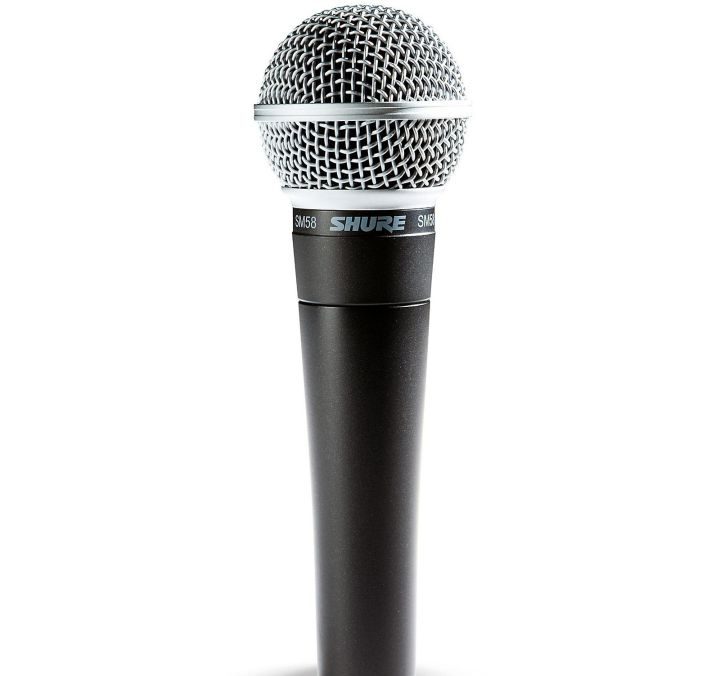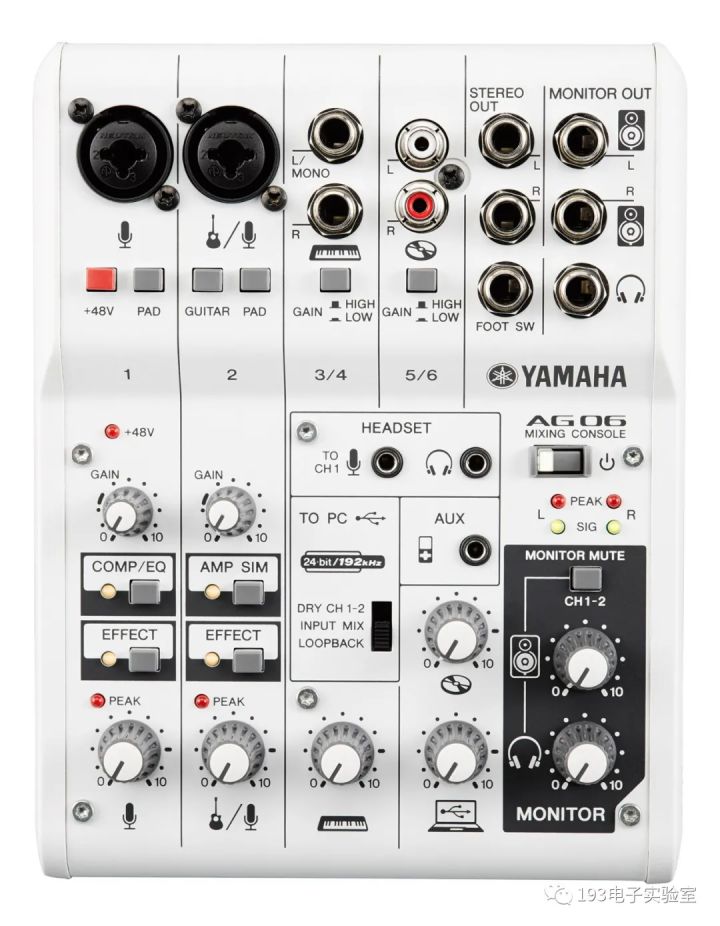What is a large-diaphragm microphone?
Size: Microphones with a diaphragm diameter greater than or equal to 1.95 cm are often referred to as large-diaphragm microphones.
Sensitivity: Large-diaphragm microphones are more sensitive to audio signals than small-diaphragm and mid-diaphragm microphones because of their relatively larger contact area with the audio signal.
Advantages: Microphones with large diaphragms have a better response to low frequencies, because the larger area of the diaphragm makes it easy to resonate at low frequencies.

This type of microphone is more famous, such as Audio-Technica’s 2035, 797’s m5, and Sennheiser’s mk4. These are relatively good large-diaphragm condenser microphones.
The range of use of condenser microphones:
Environment – indoors, relatively quiet
Scope of application – recording songs, recording audiobooks, recording advertising dubbing and other fields with relatively high sound quality
What is a dynamic microphone?
It is mainly composed of coil, magnet and shell.
Advantages: Dynamic microphones are relatively simple to construct, making them economical and durable. They can withstand extremely high sound pressures and are virtually unaffected by extreme temperatures or humidity.

Scope of use: Indoor recording of musical instruments with high volume, such as drum kits, guitar speakers, live vocals, while outdoor singing, home singing, and other outdoor environments use dynamic microphones.
Microphone model: Shure 58 is the most famous dynamic microphone in the thousand-yuan class, which is enduring for a long time. The other is the v7 of se.
If we use it for audiobook recording and dubbing, then a large-diaphragm microphone is preferred.
If we say that we sing outdoors and sing at home on KTV, then we prefer the wind outside the moving coil.












